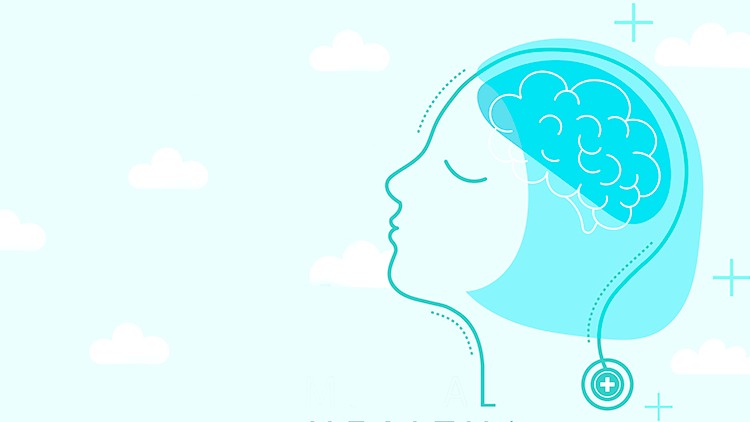
Learn to Turn off the Fight, Flight, Freeze Response and Turn on Calm Using your Body’s Natural Parasympathetic Response
What you will learn
Stress Management Techniques
Skills to reduce Anxiety
Grounding Techniques
Relaxation Skills
Description
Everyone experiences stress and anxiety in their life, and for some people, traumatic experiences take that stress and anxiety to an even higher level in the form of PTSD or Panic Attacks.
In this course, I teach you how to turn on your body’s natural calming response, the parasympathetic response, and train your mind and body to calm down, relax, and turn on the “rest, digest, and heal” response.
The Stress and Anxiety response is a natural reaction to danger and it shows up in our Body through the Fight, Flight, Freeze Response. You feel your stomach go tight, hands cold and sweaty, your heart starts beating faster and your body tenses up. This is your nervous system preparing you to fight off physical danger. But this reaction isn’t helpful when you’re having problems in your work, school, relationships or if you’re struggling with chronic stress or anxiety. When that reaction is severe, you may develop PTSD, Panic Disorder or Anxiety disorders.
In this course you’ll learn:
- How your stress response works
- How to turn on the calming part of your nervous system (the parasympathetic response)
- Over 20 easy activities to turn on calm
- Essential skills for managing Stress, Anxiety, PTSD and Panic Attacks
Content